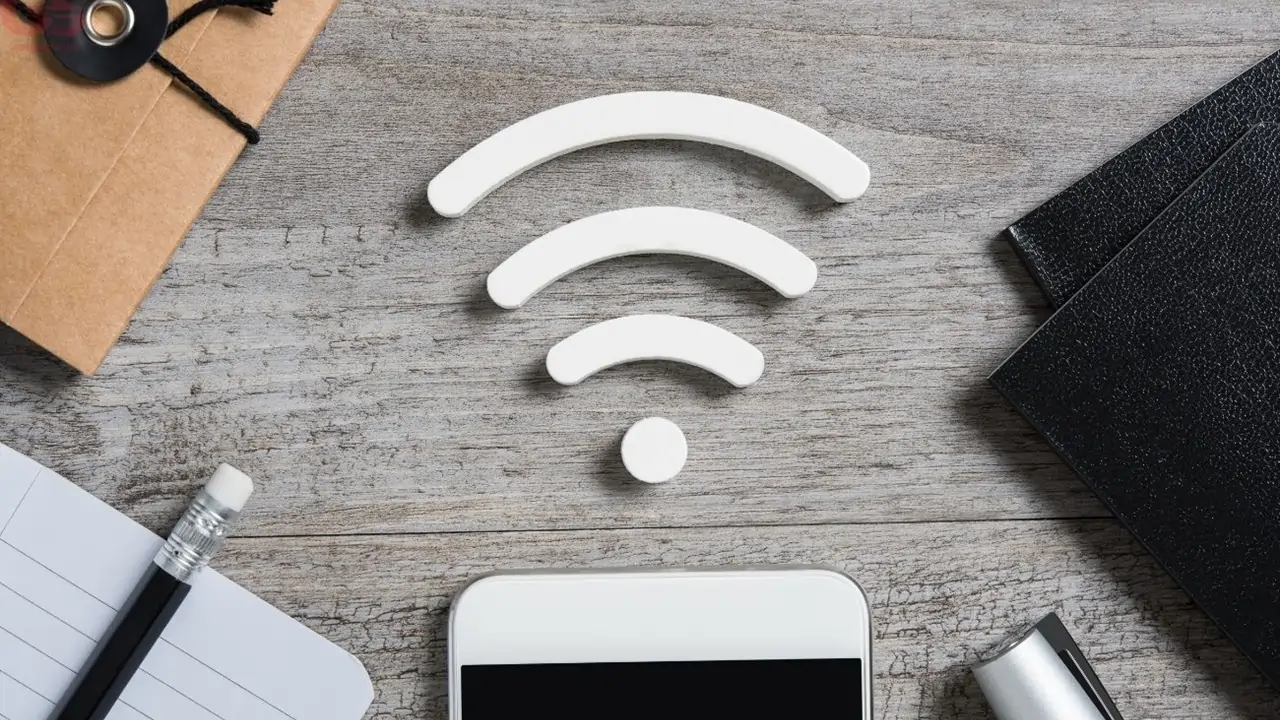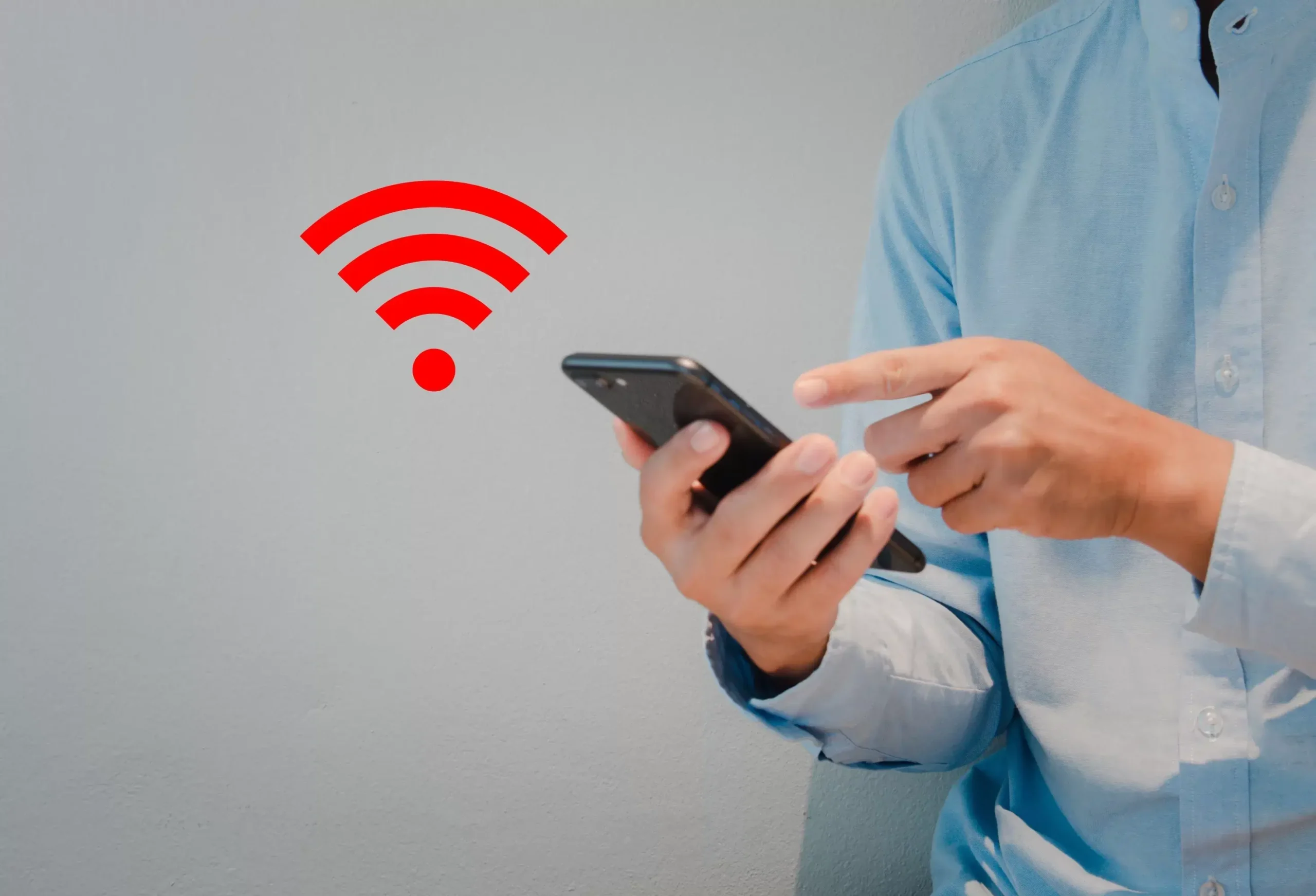In an era where fast internet is the backbone of the global economy, Indonesia often finds itself on the wrong side of the digital divide. Despite a massive and growing user base, the country consistently ranks among those with the slowest internet speeds in Southeast Asia and the world. This issue isn’t a single problem; it is a complex web of challenges involving geography, infrastructure, and policy. The slow speeds frustrate millions of users and hinder the nation’s progress in the digital economy.
Understanding the root causes is the first step toward finding a solution. The issue is more than a simple matter of technology.
The Challenge of Geography and Infrastructure

Indonesia’s unique geography is its biggest hurdle. As a vast archipelago of over 17,000 islands, building a connected, high-speed network is a monumental task. Laying fiber optic cables across thousands of kilometers of ocean and rugged terrain is both incredibly expensive and logistically complex. This results in a significant disparity in internet quality. Major cities often have decent speeds, but remote and rural areas lag far behind.
Even in areas with fiber optic backbones, the “last mile” is often the weakest link. This refers to the final stretch of the network that connects a service provider to a home or a business. Many areas still rely on outdated copper cables or wireless signals. These cannot handle modern data demands. This bottleneck slows down the entire system.
The Economic and Policy Factors
Beyond physical infrastructure, economic and policy issues also contribute to the problem. The high cost of internet services and devices means many people still rely on older, slower technologies. Providers also face challenges with right-of-way issues and complex regulations. These can delay or prevent new infrastructure projects.
“The issue isn’t a lack of desire to fix the problem,” says Anderson. “It’s about a lack of a cohesive, national strategy. Building a fast network requires massive investment and clear, supportive government policies. When these pieces aren’t in place, progress slows down.”
Competition and Investment
While competition among providers exists, the investment in new infrastructure has not kept pace with the explosive growth in internet usage. Millions of new users are joining the network every year, putting a strain on existing infrastructure. Without continuous and significant investment in new cables and towers, the problem will only get worse. The demand for data from streaming, gaming, and social media is growing exponentially. The existing network is struggling to keep up.








